Clouded leopards, known scientifically as Neofelis nebulosa, are among nature’s most enigmatic creatures. These elusive cats inhabit the dense forests of Southeast Asia, showcasing an extraordinary blend of physical capabilities and striking beauty. Their distinctive cloud-shaped spots, sharp senses, and arboreal agility intrigue both scientists and nature enthusiasts alike. For conservationists, understanding these cats offers valuable insights into wildlife preservation strategies.
Understanding Clouded Leopard Habitats
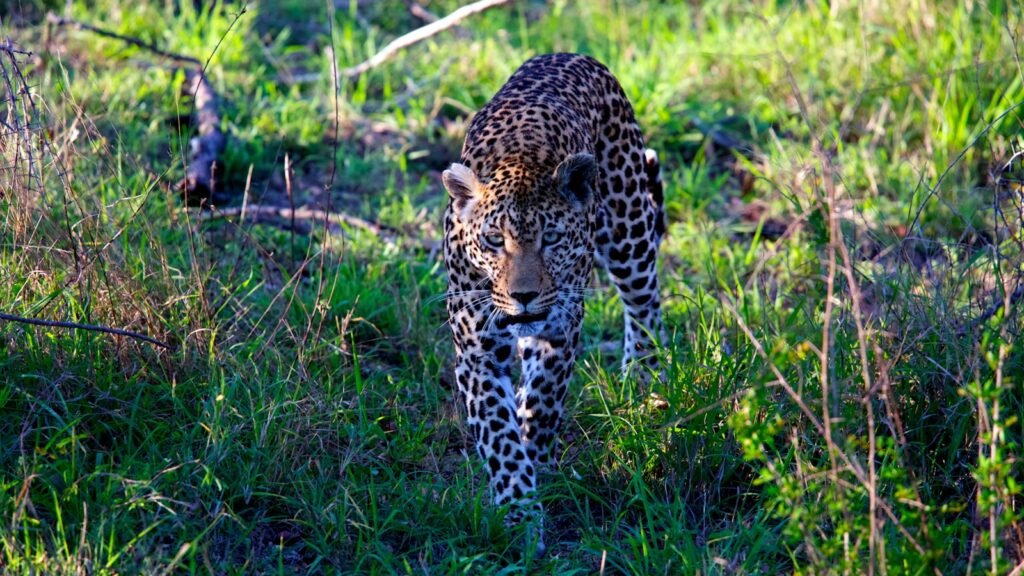
The primary habitat of clouded leopards encompasses the tropical and subtropical forests stretching from the Himalayan foothills to Southeast Asia. These areas are characterized by dense foliage, which the leopards deftly navigate thanks to their long tails and short limbs. This specific habitat preference not only dictates their lifestyle and hunting behaviors but also affects conservation efforts focused on habitat preservation and restoration.
Behavior and Adaptation
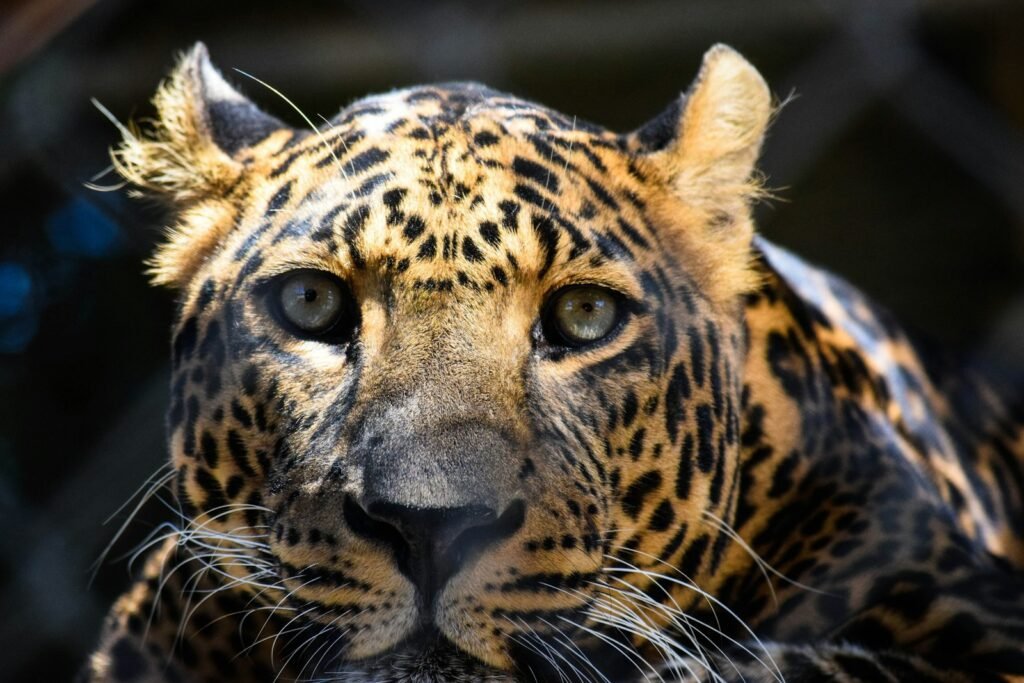
Although primarily solitary, clouded leopards have a complex behavioral repertoire that reflects their adaptability. Their arboreal adaptations allow them to hunt and move seamlessly through the trees. These behaviors have evolved to suit the ecological niches they occupy, steering conservationists towards a more profound understanding of how species adapt to their environments and the critical support systems required to maintain biodiversity.
The Role in Ecosystem Health
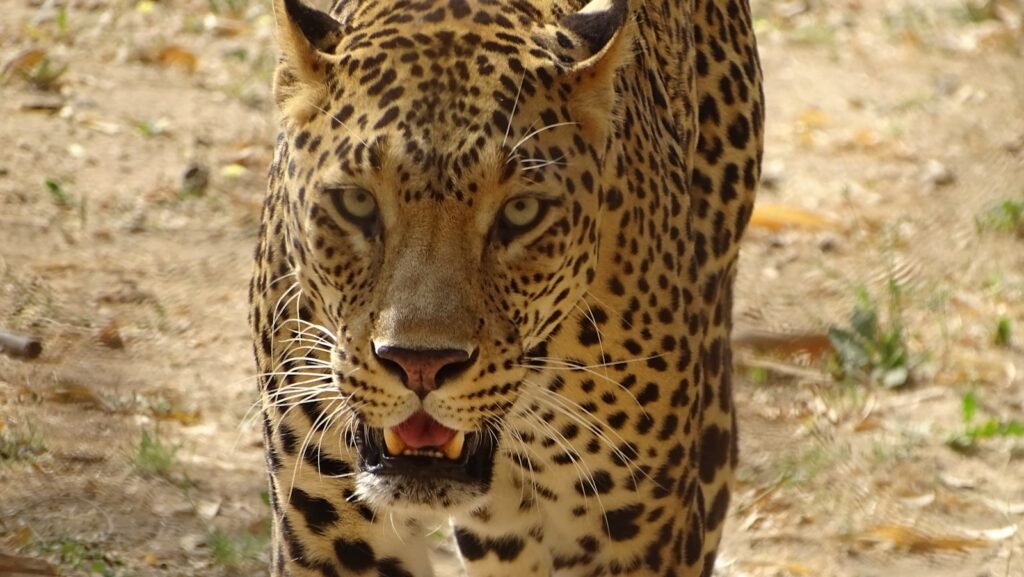
Clouded leopards serve as apex predators within their ecosystems, playing a vital role in maintaining the balance of their natural habitats. Their predation helps control the populations of smaller mammals, reptiles, and birds, preventing overgrazing and promoting a diverse ecological community. This predatory role underscores their significance in fostering ecosystem resilience, a keystone concept in conservation biology.
Challenges of Clouded Leopard Conservation
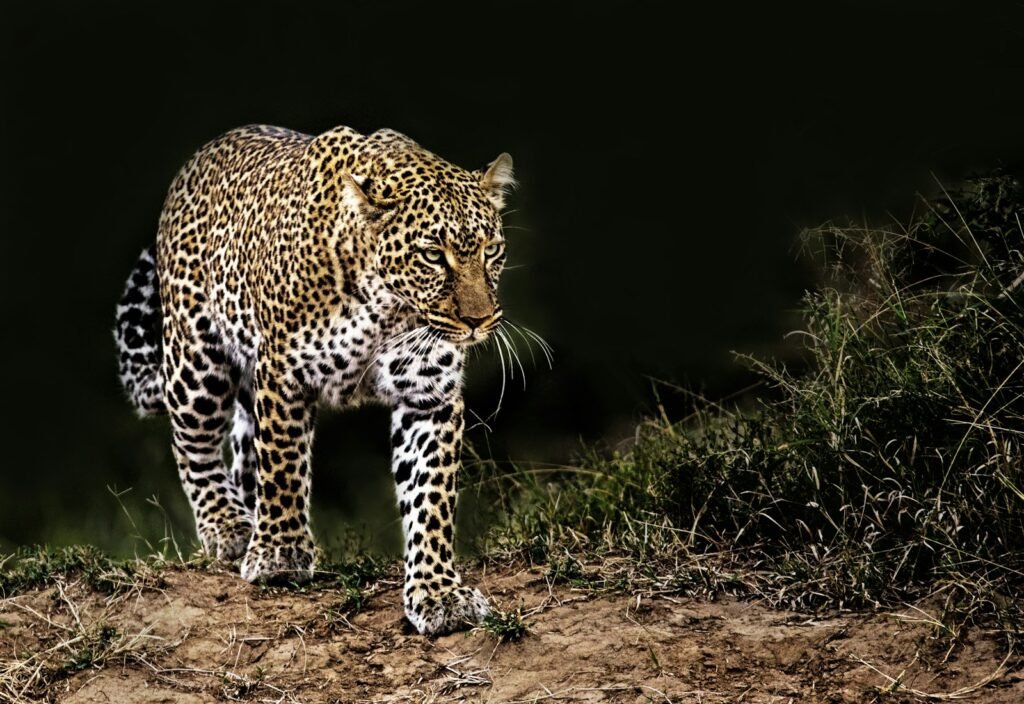
Despite their importance, clouded leopards face several conservation challenges. Habitat loss due to deforestation, poaching for their distinctive pelts, and illegal wildlife trade are among the most pressing threats. These challenges highlight the need for targeted conservation strategies that address both direct and indirect threats to their survival.
Conservation Strategies
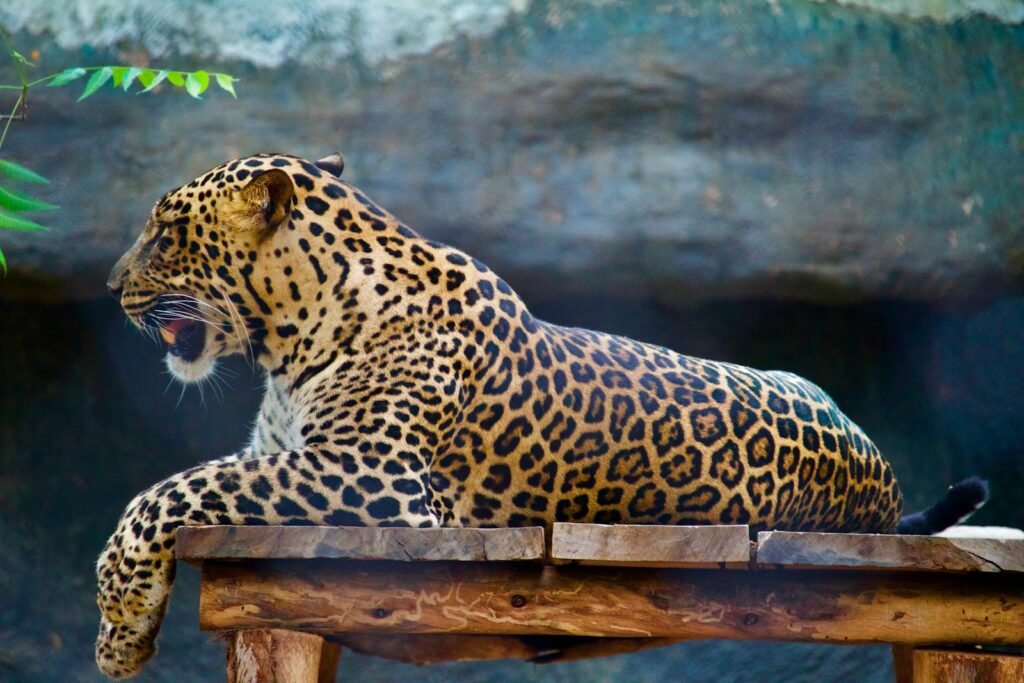
Current conservation strategies for clouded leopards involve habitat protection, anti-poaching initiatives, and community engagement programs. Protected areas, such as national parks and wildlife sanctaries, provide safe havens for these animals. Additionally, conservationists employ modern technologies, such as camera traps and GPS collars, to monitor and study these elusive cats, gaining insights into their ecology and movements.
The Importance of Research
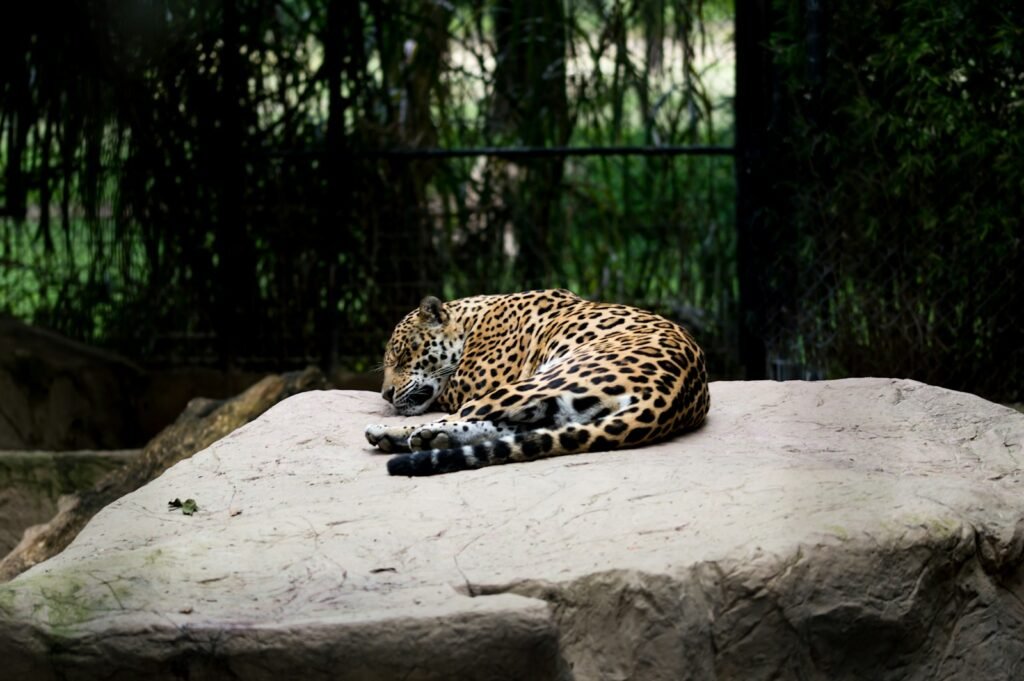
Scientific research on clouded leopards is crucial to informing and refining conservation approaches. By studying their genetics, behavior, and ecology, researchers can develop comprehensive plans that address the species’ unique needs. The synthesis of ecological data contributes to a broader understanding of how similar conservation models can be applied to other threatened species.
Community Involvement and Education
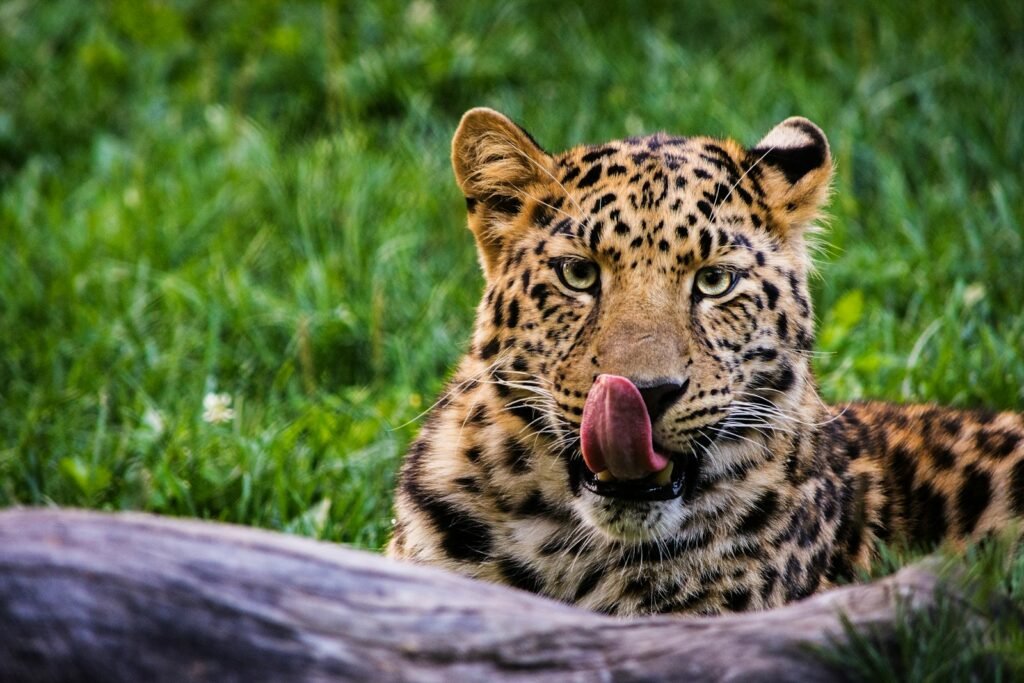
Engaging local communities is an integral part of successful wildlife conservation. Initiatives that educate and involve local populations in conservation work not only foster environmental stewardship but also create sustainable livelihoods. Community-based solutions often lead to more effective and enduring conservation outcomes, as seen in numerous wildlife preservation efforts worldwide.
Lessons for Broader Conservation Efforts
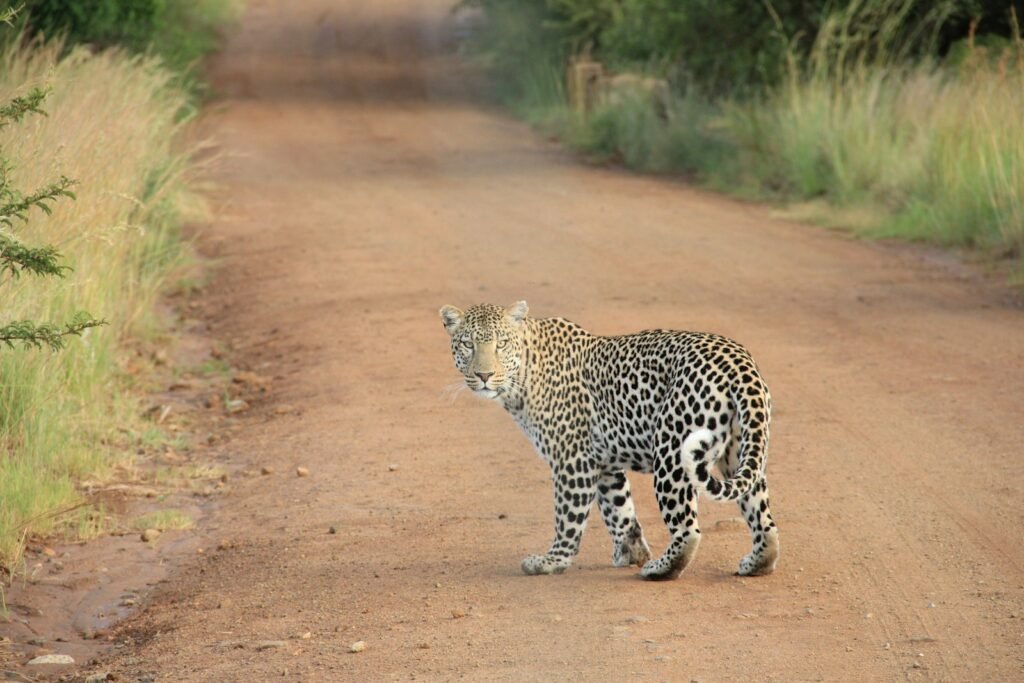
The study of clouded leopards offers broader lessons for wildlife conservation globally. Their protection underscores the need for comprehensive policies that incorporate habitat preservation, anti-poaching laws, and community involvement. The interconnectedness of these elements mirrors the complex nature of ecosystems and highlights the necessity of a multi-faceted approach to conservation.
The Future of Clouded Leopard Conservation
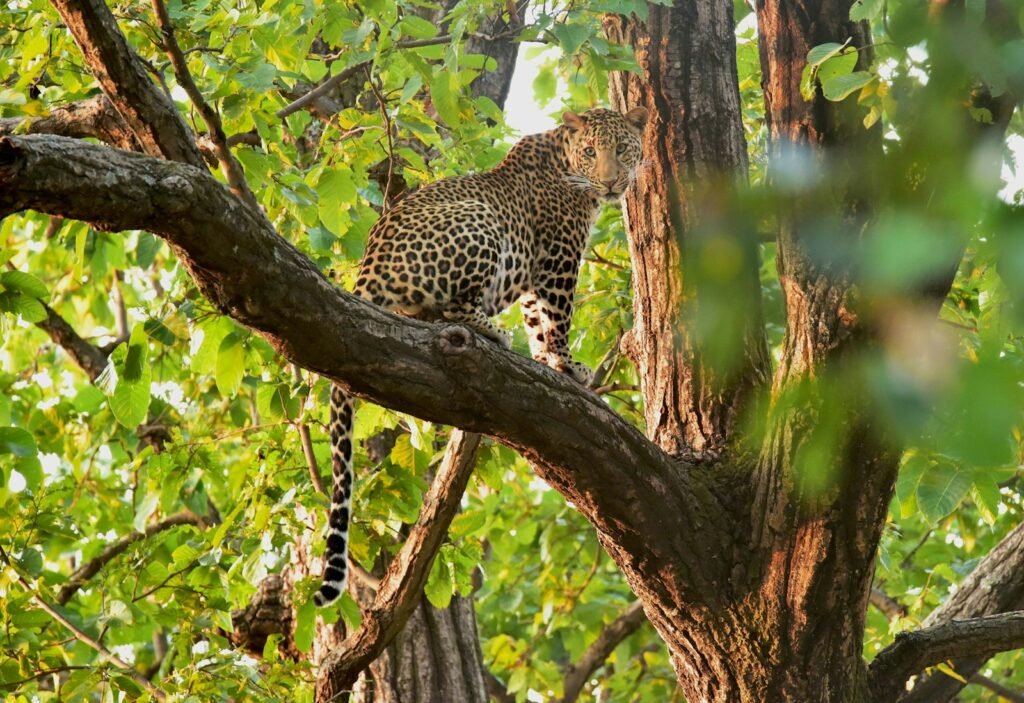
The future of clouded leopard conservation hinges on continued research, policy implementation, and global collaboration. As emblematic representatives of threatened species, clouded leopards illuminate the path for innovative conservation strategies. Through collaboration, technological advancement, and a deeper understanding of ecological dynamics, these majestic cats may hold the key to unlocking more effective and sustainable wildlife conservation solutions.
Conclusion
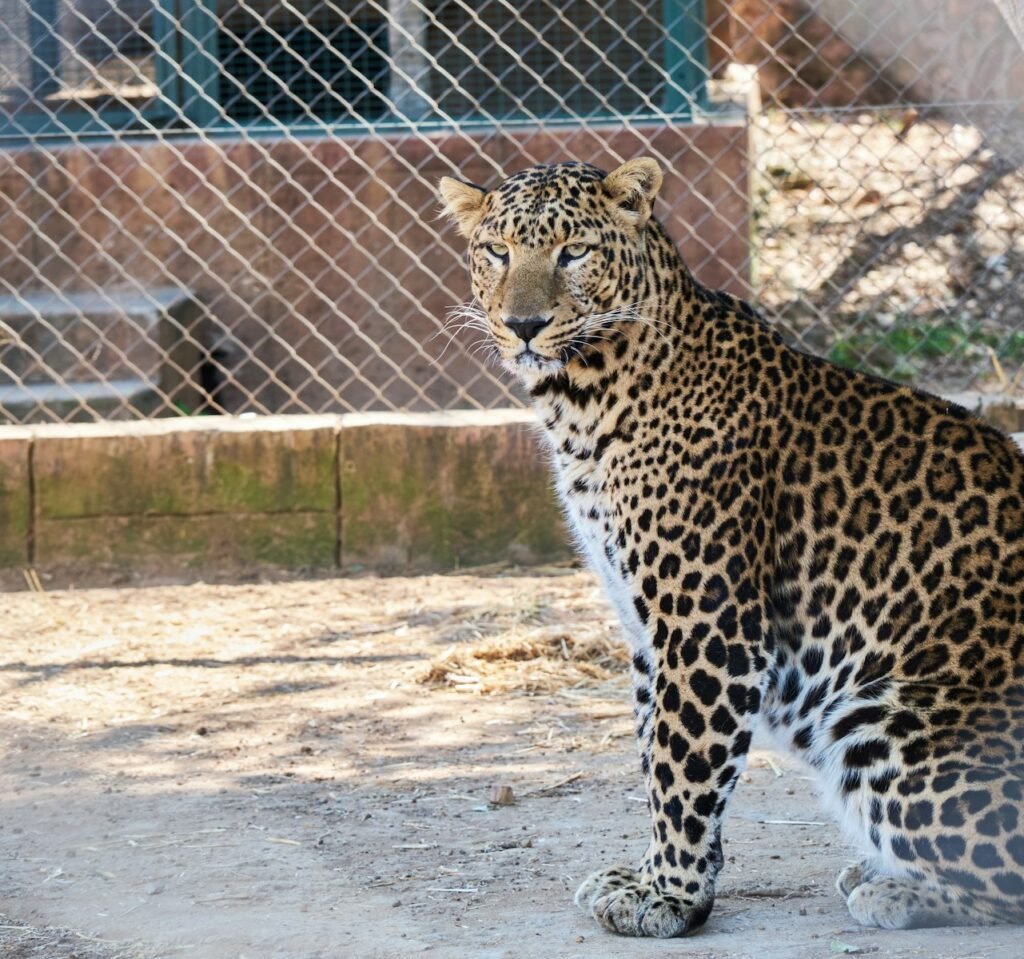
Clouded leopards are more than just captivating wild cats; they are symbols of the intricate balance of nature. Their conservation demands a deeper commitment to preserving biodiversity and safeguarding the natural world. By studying and protecting them, we not only secure the future of a unique species but also enhance our understanding and implementation of effective conservation measures necessary for the survival of many other wildlife forms.
Hi, I’m Bola, a passionate writer and creative strategist with a knack for crafting compelling content that educates, inspires, and connects. Over the years, I’ve honed my skills across various writing fields, including content creation, copywriting, online course development, and video scriptwriting.
When I’m not at my desk, you’ll find me exploring new ideas, reading books, or brainstorming creative ways to solve challenges. I believe that words have the power to transform, and I’m here to help you leverage that power for success.
Thanks for stopping by, Keep coming to this website to checkout new articles form me. You’d always love it!





